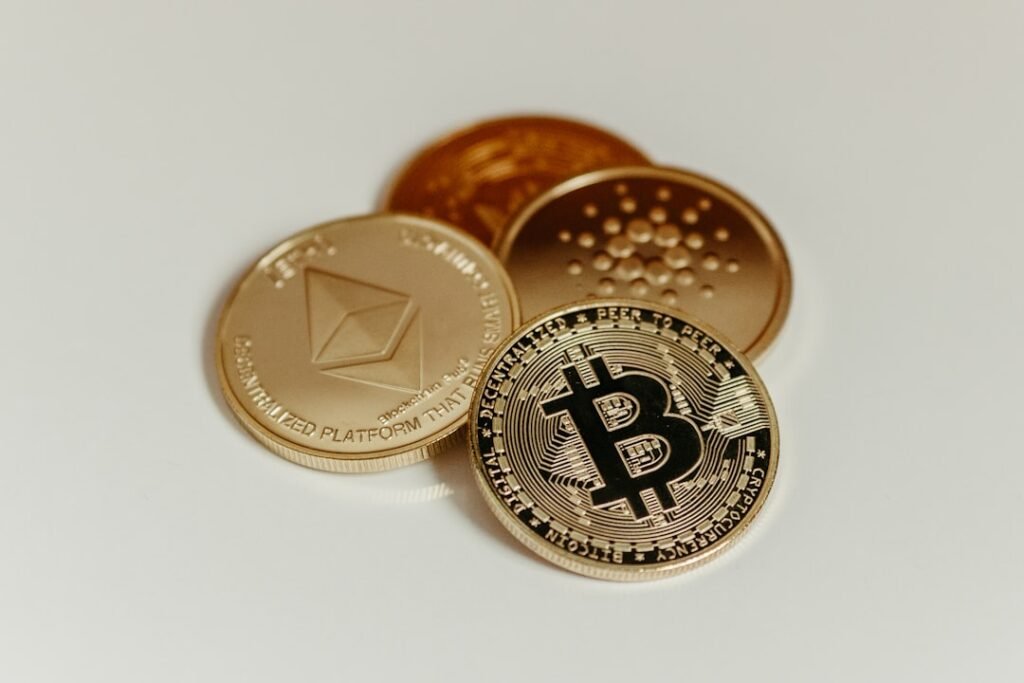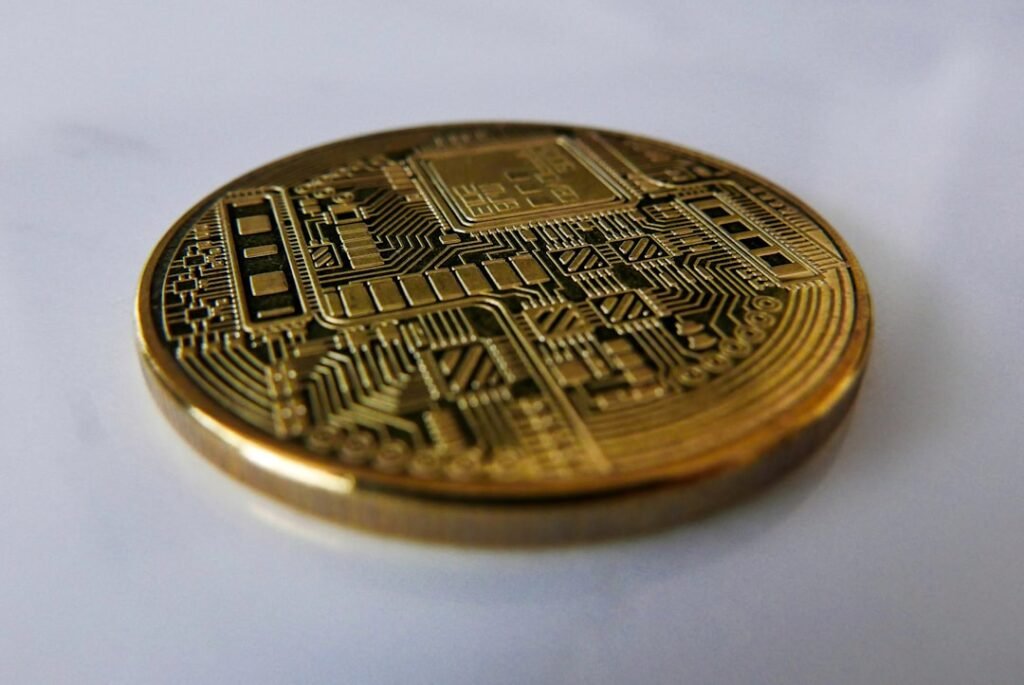Stablecoins have become the foundational pillar of Latin America’s on-chain economic development, with both USD-pegged and local currency stablecoins replacing volatile assets as the core of cryptocurrency applications, maintaining sustained multi-fold growth momentum.
Key findings from The Money Layer: LATAM Crypto 2025 Report indicate that by July 2025, USDT and USDC accounted for over 90% of all exchange transfer volumes, significantly increasing from approximately 60% in 2022. Brazil leads in both active local stablecoin numbers and overall transaction volume, with Brazilian Real stablecoin transactions reaching $906 million by July 2025—nearly matching the 2024 annual total of $910 million. Projections indicate potential annual transaction volume could reach approximately $1.5 billion at current growth rates.
Mexican Peso-pegged stablecoins (MXNB + MXNe) reached a total market capitalization of approximately $34 million by July 2025, representing a 638-fold annual increase from 100,000 pesos (approximately $53,000) in July 2024.
The report highlights that stablecoins serve as the financial cornerstone of cryptocurrency adoption in Latin America, with applications extending far beyond speculation. Across the region, stablecoins function as savings instruments, payment channels, cross-border remittance corridors, and inflation hedging tools, making them the most practical and widely used form of cryptocurrency.
Current stablecoin adoption in practical scenarios leads globally: according to Fireblocks’ 2025 State of Stablecoins Report, 71% of respondents use stablecoins for cross-border payments, while 100% of enterprises have either launched, are testing, or preparing stablecoin strategies. Notably, 92% of institutional respondents reported their wallet and API infrastructure already supports stablecoin operations, demonstrating both market demand and technological maturity.
For millions across Latin America, stablecoins have become digital equivalents to the US dollar, serving as accessible inflation hedging tools and effective channels for circumventing capital controls. In many cases, this represents the only viable avenue for holding dollarized assets.
In countries including Argentina, Brazil, and Colombia, stablecoins have surpassed Bitcoin as the preferred cryptocurrency for daily use, primarily due to their price stability and direct peg to dollar value. Beyond transfers, 39% of cryptocurrency purchases in Latin America involved stablecoins in 2024, up significantly from 30% the previous year.
While USD-pegged assets remain the dominant form of stablecoin application in Latin America (primarily for inflation hedging), local currency-pegged stablecoins have experienced explosive growth over the past two years. These tokens, pegged to national fiat currencies such as the Brazilian Real and Mexican Peso, are increasingly used for domestic payments, on-chain commercial activities, and integration with local financial systems.
Brazil presents the clearest case study of this trend, with Brazilian Real-pegged stablecoins showing remarkable year-over-year growth. Transaction activity surged from just over 5,000 transactions in 2021 to more than 1.4 million in 2024, maintaining a high of 1.2 million transactions so far in 2025—representing a 230-fold increase over four years. Unique sender numbers similarly grew exponentially from fewer than 800 in 2021 to over 90,000 in 2025, with an 11-fold increase since 2023 alone.
Native on-chain transfer volume jumped from approximately 110 million reais (about $20.9 million at current exchange rates) in 2021 to nearly 5 billion reais (approximately $900 million) by July 2025, almost matching the entire 2024 annual total. Including data through August, 2025 transfer volumes have already surpassed 2024’s full-year figures.
Mexico’s peso stablecoin market is forming around two main projects—Juno/Bitso’s MXNB and Brale’s MXNe—with distinctly different development trajectories. MXNB has evolved from sporadic large-scale issuance peaks in late 2024 to a more stable and widespread circulation pattern throughout 2025.
The growth of local stablecoins extends beyond payments into substantial liquidity support on DEXs, creating on-chain foreign exchange channels between local currencies and global stablecoins. Trading volume remains highly concentrated on specific platforms, each tied to particular local stablecoin ecosystems, with Uniswap maintaining liquidity dominance with $426 million in total trading volume.
Beyond Brazil and Mexico, several other Latin American countries have attempted to launch local stablecoins, though most remain in early development stages or limited pilot programs. Argentina’s extreme currency volatility has hindered sustained adoption of peso-pegged tokens, while Colombia’s multiple stablecoin projects targeting remittances and domestic payments still show limited adoption rates. Initiatives in Chile and Peru remain confined to niche areas, primarily focused on pilot programs and specific payment channels.
The report concludes that while these projects reflect growing regional interest, their limited transaction volumes highlight the crucial importance of local conditions—particularly currency stability and regulatory clarity—in driving widespread adoption.












